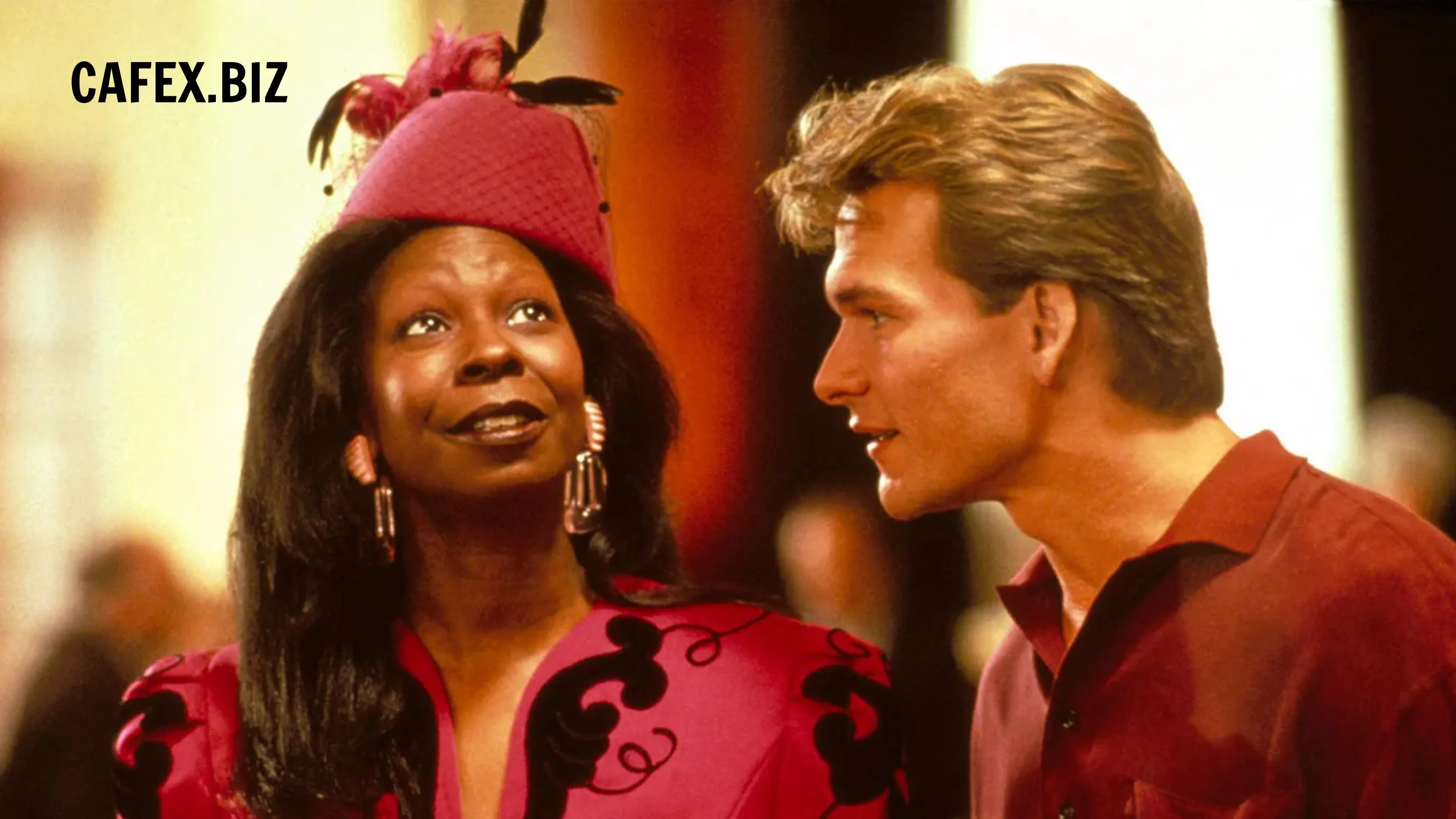film
Film, also known as cinema, is a visual art form used to simulate experiences that communicate ideas, stories, perceptions, feelings, beauty, or atmosphere through the use of moving images. These images are generally accompanied by sound, and more rarely, other sensory stimulations. The process of filmmaking is both an art and an industry.
The history of film began in the 1890s, where motion picture cameras were invented and film production companies started to be established. Because of the limits of technology, films of the 1890s were under a minute long and until 1927, motion pictures were produced without sound.
The first decade of motion picture saw film moving from a novelty to an established mass entertainment industry. The earliest films were in black and white, under a minute long, without recorded sound and consisted of a single shot from a steady camera.
The first feature-length multi-reel film in the world was the 1906 Australian production called "The Story of the Kelly Gang". The first successful permanent theatre showing only films was "The Nickelodeon" which was opened in Pittsburgh in 1905.
By the 1910s, the film industry had fully switched over to celluloid film. In the early 1910s, the film studios started moving to Los Angeles, California, because of the good weather and longer days.
Film has a significant impact on culture and society at large. It has the power to stir emotions, provoke thought, and inspire social change. Film can also serve as a reflection of society, offering insights into the collective consciousness at a particular point in time.
Movies also serve as a form of entertainment, a way for people to relax and enjoy their leisure time. They can transport viewers to new worlds, provide glimpses into different cultures and ways of life, and fuel the imagination with their stories and visuals.

